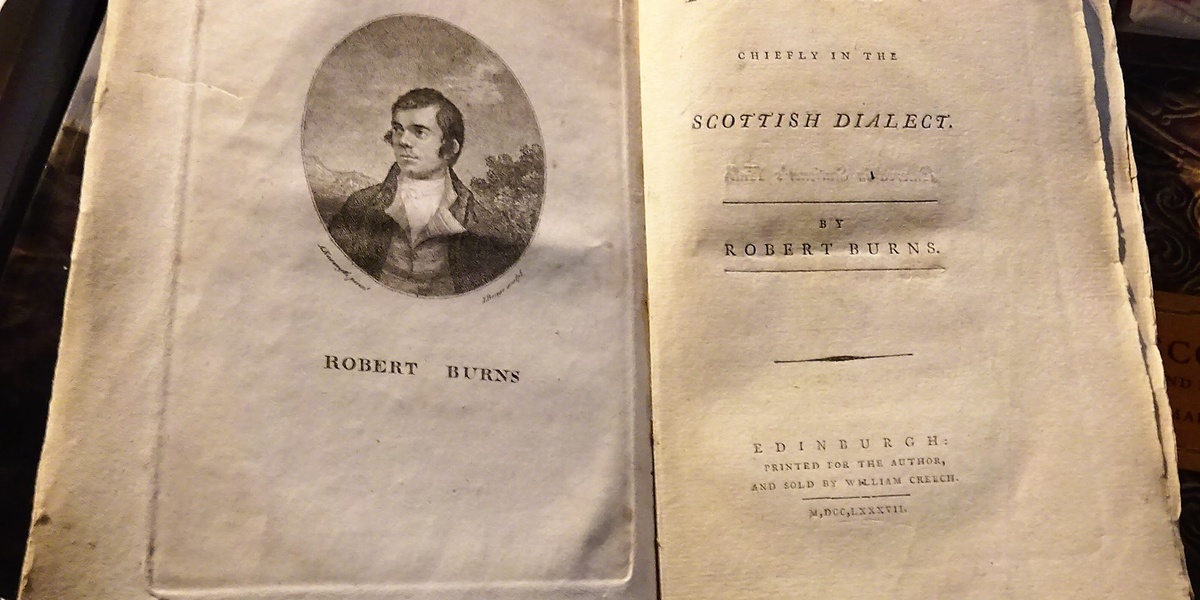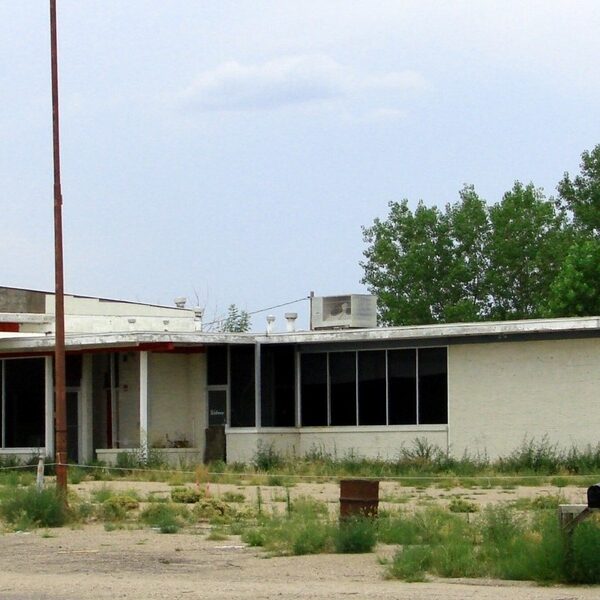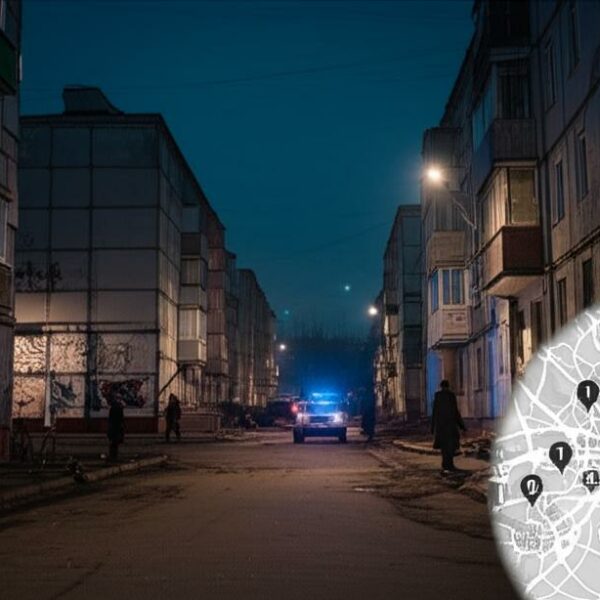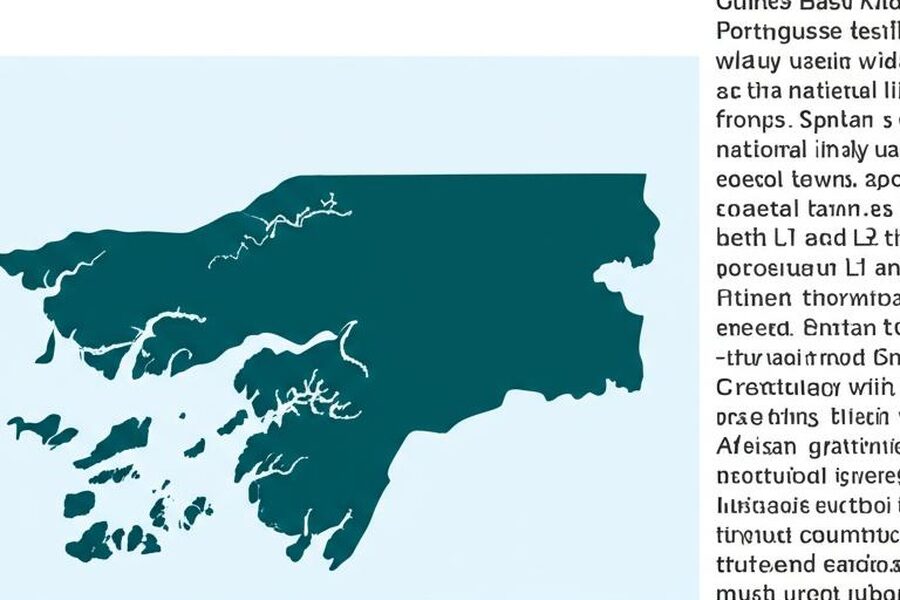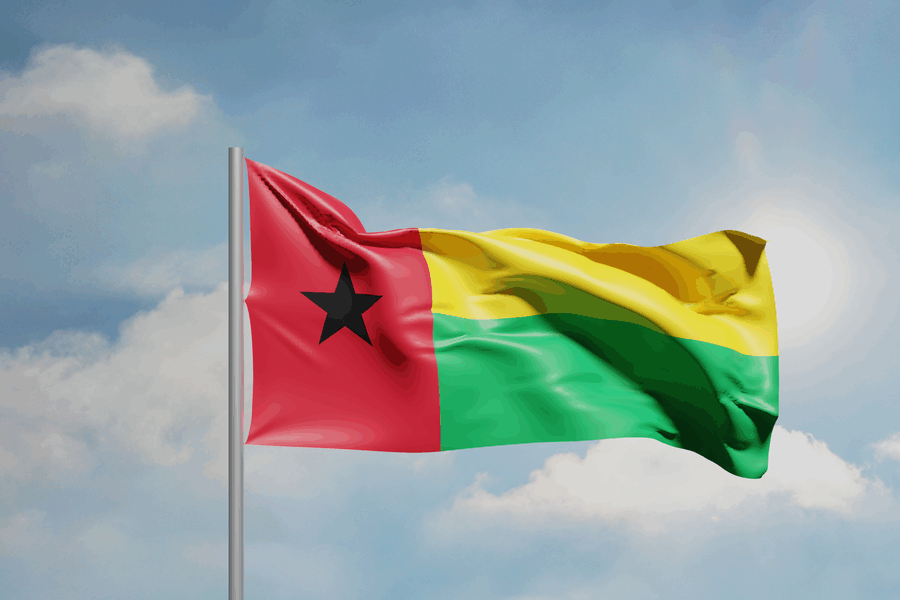Scotland’s speech is a patchwork of accents and varieties shaped by history, migration and neighbouring languages. Coastal towns, islands and former industrial hubs each keep distinctive pronunciation and vocabulary that can change over short distances.
There are 37 Dialects in Scotland, ranging from Aberdeen English to West Central Scots (Clydeside). For each entry I list Language family/variety,Region,Key features (max 15 words) so you can compare origins, where it’s spoken and its standout traits; you’ll find below.
How do these dialects relate to Scots and Scottish Gaelic?
“Scots” refers to a continuum of Germanic varieties historically spoken across Lowland Scotland and northern Ireland; Scottish Gaelic is a separate Celtic language. Many regional dialects blend Scots features with local English pronunciation, so labels depend on lexicon, grammar and speaker identity.
Will speakers from different parts of Scotland understand each other?
Most Scots can communicate across regions, though strong local accents, dialect words and speed may make comprehension harder at first. Familiarity, context and listening practice quickly improve understanding.
Dialects in Scotland
| Dialect | Language family/variety | Region | Key features (max 15 words) |
|---|---|---|---|
| Scots (broad) | Scots | Lowlands, Borders, Northern Isles | Distinct lexicon, vowel shifts, conservative consonants, grammatical differences |
| Scottish Standard English | Scottish English | Nationwide (formal contexts) | Scottish phonology with standard grammar; rhoticity common, vowel differences |
| Doric (North East Scots) | Scots | Aberdeenshire, Banffshire, Moray | Monophthongs, vowel length, unique lexicon (e.g., “fit”/”wah”) |
| Caithness Scots | Scots | Caithness, parts of Sutherland | Norse influence, archaic Scots vocabulary, uvular rhotic traces |
| Dundonian (Mid Northern Scots) | Scots | Dundee and Angus | Fronted vowels, t-glottaling tendencies, distinctive lexical items |
| Lothian Scots | Scots | Edinburgh, East/West Lothian, Midlothian | Shortened vowels, certain diphthongs, traditional Scots words |
| West Central Scots (Clydeside) | Scots | Glasgow hinterland, Strathclyde | Broad vowels, strong /r/, characteristic lexicon |
| Ayrshire Scots (South‑West Scots) | Scots | Ayrshire, southwestern Lowlands | Glide reduction, unique local vocabulary, melodic intonation |
| Galloway Scots | Scots | Dumfries & Galloway, Stewartry | Conservative Scots forms, rural lexicon, slower rhythm |
| Southern/Borders Scots | Scots | Scottish Borders (Berwickshire, Roxburghshire) | Open vowels, retention of older verb forms, border lexical items |
| Insular Scots (umbrella) | Scots | Orkney and Shetland | Norse substrate, unique vocabulary, distinct phonology |
| Orkney Scots | Scots | Orkney Islands | Norse-derived words, specific vowel qualities, lexical distinctiveness |
| Shetland Scots | Scots | Shetland Islands | Strong Norn legacy, distinctive lexicon and intonation |
| Glaswegian (Glasgow English) | Scottish English | Glasgow and surrounding areas | Strong rhythm, th-fronting, glottal stops, vowel quality |
| Edinburgh English | Scottish English | Edinburgh and environs | Clearer vowels, conservative intonation, prestige urban features |
| Aberdeen English | Scottish English | Aberdeen and Aberdeenshire | Mix of Doric vocabulary and English grammar, softer vowels |
| Dundee English | Scottish English | Dundee | Mixed Scots-Scottish English features, particular vowel shifts |
| Inverness English | Scottish English | Inverness and Highland towns | Conservative vowels, Gaelic substrate influences in rhythm |
| Highland English | Scottish English | Highlands, parts of mainland north | Gaelic-influenced prosody, conservative consonants, rural lexicon |
| Orkney English | Insular English | Orkney Islands | English grammar with Norse-influenced pronunciation and words |
| Shetland English | Insular English | Shetland Islands | English base with Norse-influenced vocabulary and prosody |
| Norn | North Germanic (extinct) | Historically Orkney and Shetland | Old Norse-derived, replaced by Scots by 18th century |
| Scottish Gaelic (broad) | Scottish Gaelic | Highlands and Western Isles | Vowel distinctions, lenition, unique Gaelic lexicon |
| Lewis Gaelic | Scottish Gaelic | Isle of Lewis, northern Outer Hebrides | Conservative vowels, distinctive intonation, rich oral tradition |
| Harris Gaelic | Scottish Gaelic | Isle of Harris, parts of Lewis | Shared features with Lewis, local pronunciation, island vocabulary |
| North Uist Gaelic | Scottish Gaelic | North Uist | Conservative consonant patterns, local lexical items |
| South Uist Gaelic | Scottish Gaelic | South Uist | Distinct intonation, unique vocabulary, strong oral culture |
| Benbecula Gaelic | Scottish Gaelic | Benbecula | Transitional features between North and South Uist dialects, island lexicon |
| Barra Gaelic | Scottish Gaelic | Barra and neighbouring isles | Distinct consonant patterns, maritime vocabulary, vowel differences |
| Skye Gaelic | Scottish Gaelic | Isle of Skye and nearby mainland | Lenition patterns, melodic intonation, Norse-influenced vocabulary traces |
| Ross Gaelic | Scottish Gaelic | Ross and Cromarty, NW Highlands | Mainland Gaelic traits, some conservative phonology, local vocabulary |
| Mull Gaelic | Scottish Gaelic | Isle of Mull, Inner Hebrides | Coastal vocabulary, island phonetics, Argyll influences |
| Islay Gaelic | Scottish Gaelic | Islay and nearby islands | Rich maritime terms, conservative morphological features |
| Argyll Gaelic | Scottish Gaelic | Argyll coast, Kintyre, some islands | Mainland-island mix, conservative syntax, local place names |
| Kintyre Gaelic | Scottish Gaelic | Kintyre peninsula | Mainland Gaelic features, coastal vocabulary, historical decline |
| Skye English (local English) | Scottish English | Isle of Skye | English base with Gaelic-shaped prosody and local words |
| Sutherland/Caithness English | Scottish English | Sutherland, Caithness | English grammar with Scots/Norse traces, conservative vowels |
Images and Descriptions
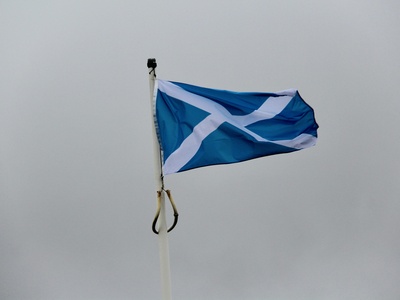
Scots (broad)
Scots is the Germanic language variety of Lowland Scotland with deep historical roots. It covers many regional forms with shared vocabulary, vowel patterns, and grammar distinct from English, used traditionally in everyday speech and literature across the Lowlands and islands.
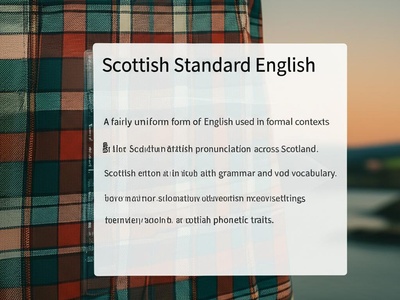
Scottish Standard English
A fairly uniform form of English used in formal contexts across Scotland. It blends Scottish pronunciation with standard grammar and vocabulary, serving in media, education and official settings while showing clear Scottish phonetic traits.
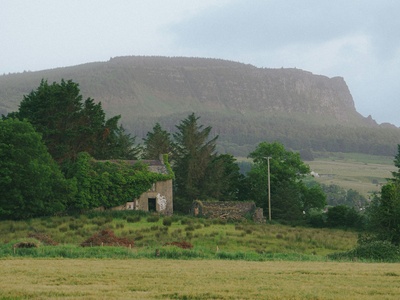
Doric (North East Scots)
Doric refers to the distinctive Scots spoken in north‑east Scotland, famous for its vocabulary and vowel patterns. It has strong Norse and Scots roots and remains a lively regional identity marker in towns like Aberdeen and surrounding rural areas.
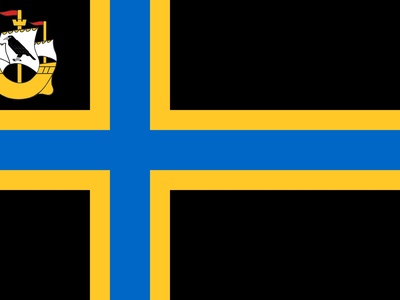
Caithness Scots
Caithness Scots shows strong historical Norse substrate and older Scots features, reflecting the county’s northern frontier position. It retains some archaisms and local words and sits geographically between Highland Gaelic and Northern Scots influences.
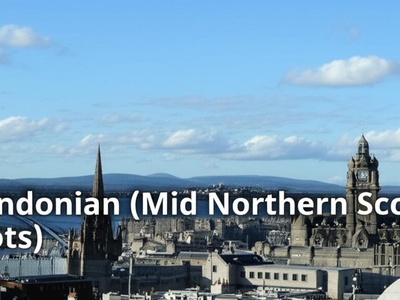
Dundonian (Mid Northern Scots)
Dundonian is the local Scots variety around Dundee and parts of Angus. It blends Scots and urban speech traits with recognizable vowel and consonant patterns, producing a distinct city accent and regional identity.

Lothian Scots
Lothian Scots covers the Scots varieties of the Edinburgh region and surrounding Lothians. Historically influential in literature, it mixes Scots grammar and vocabulary with speech patterns that have been shifting toward Scottish English.

West Central Scots (Clydeside)
West Central Scots is spoken in the Clydeside and surrounding areas, with bold vowels and Glaswegian cultural influence. It’s an important urban Scots variety that has shaped local speech and popular media representation.
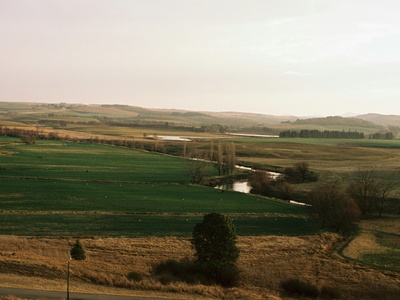
Ayrshire Scots (South‑West Scots)
Ayrshire Scots, from the southwestern Lowlands, features its own vocabulary and prosody. It blends rural Scots features with influences from nearby urban centres and retains many traditional expressions.
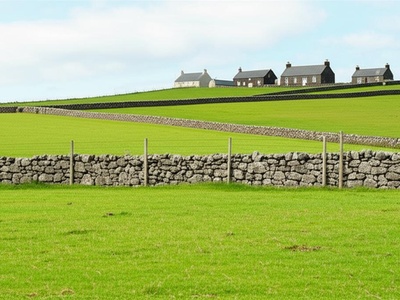
Galloway Scots
Galloway Scots preserves older Scots vocabulary and grammar in Scotland’s southwest. The speech there often sounds conservative and rural, reflecting both historical isolation and cross‑border contacts with northern English varieties.
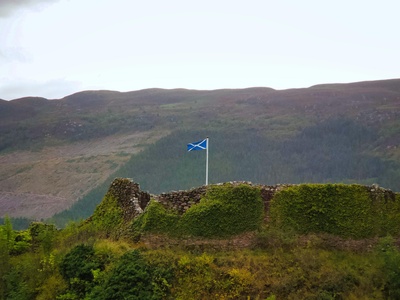
Southern/Borders Scots
Southern or Borders Scots is the variety of the Border counties with a strong literary tradition. It retains archaic Scots features and shares continuities with northern English dialects across the border.
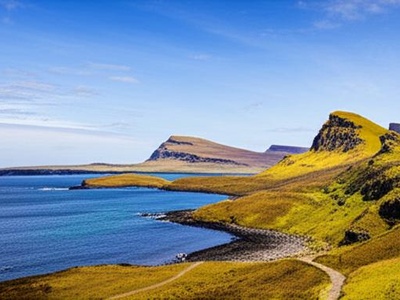
Insular Scots (umbrella)
Insular Scots groups the Scots varieties of the Northern Isles characterized by heavy Norse influence in vocabulary and phonology, creating speech markedly different from mainland Scots varieties.
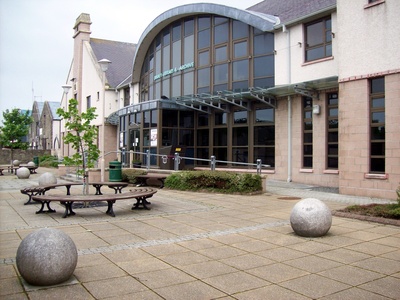
Orkney Scots
Orkney Scots reflects centuries of Norse heritage layered onto Scots grammar. Its vocabulary and some phonological traits are unique, preserving island identities and cultural continuity despite modern change.

Shetland Scots
Shetland Scots shows the strongest surviving Norn influence in Scotland, with many Norse‑derived words and prosodic features. It remains a defining element of Shetland cultural and linguistic identity.
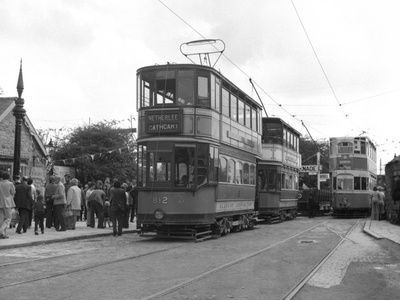
Glaswegian (Glasgow English)
Glaswegian is the characteristic urban English of Glasgow. While influenced by Scots, it fits within Scottish English varieties and is famous for energetic speech, local slang, and distinctive consonant and vowel patterns.

Edinburgh English
Edinburgh English tends toward a more conservative, prestige variety of Scottish English. It shows smoother vowel profiles and less broad Scots features, often associated with middle‑class and professional speech in the capital.
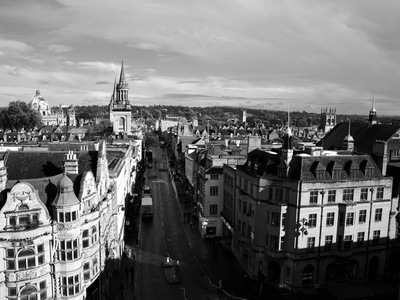
Aberdeen English
Aberdeen English blends local Doric vocabulary with Scottish English grammar. It sits between the strong Doric Scots of rural areas and broader Scottish English, producing a distinctive city variety.
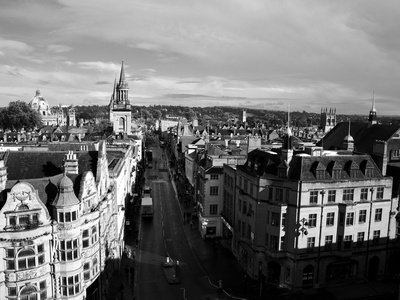
Dundee English
Dundee English is the city’s English variety distinct from Dundonian Scots, combining Scots vocabulary with English grammatical norms. It has characteristic vowel patterns and urban prosody familiar to local speakers.

Inverness English
Inverness English is the urban English of the Highlands’ main town. It shows Highland phonetic traits and sometimes subtle Gaelic influences, reflecting the area’s bilingual past and regional identity.

Highland English
Highland English varieties develop where English expanded into historically Gaelic areas. They often show Gaelic‑shaped intonation and local lexical items, differing noticeably from Lowland urban varieties.
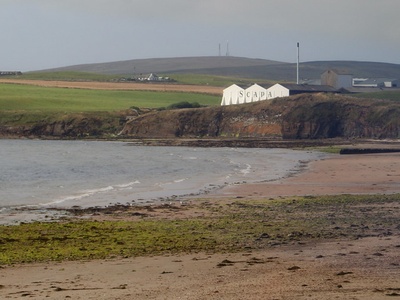
Orkney English
Orkney English is the local English spoken in Orkney, shaped by Norn‑derived vocabulary and island phonology. It differs from Orkney Scots by aligning more with English grammar while retaining island linguistic flavor.
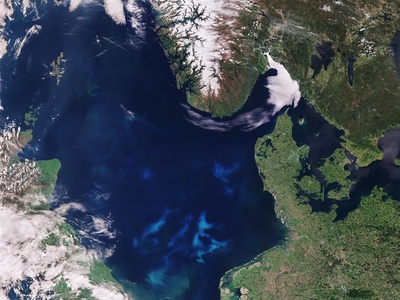
Shetland English
Shetland English uses English grammar but exhibits heavy prosodic and lexical influence from historic Norn and local Scots, creating a distinct island English variety.
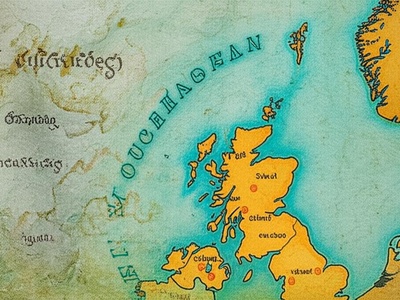
Norn
Norn was the North Germanic language formerly spoken in Orkney and Shetland, descended from Old Norse. It gradually died out between the 15th and 18th centuries but left substantial influence on island vocabulary and place names.
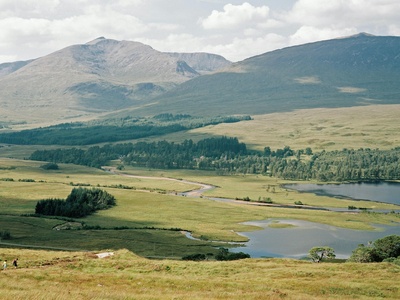
Scottish Gaelic (broad)
Scottish Gaelic is the Celtic language of the Highlands and islands with multiple regional dialects. It survives strongest in the Western Isles and retains unique phonological and grammatical patterns separate from English and Scots.
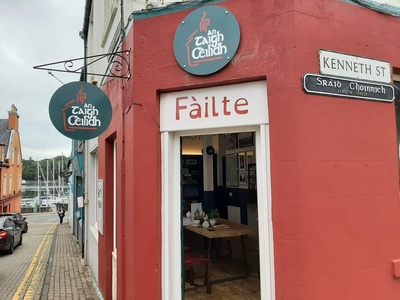
Lewis Gaelic
The Lewis dialect is a conservative Gaelic form with a strong oral tradition and distinctive pronunciation. It remains one of the most vital Gaelic variants, central to island culture and song.
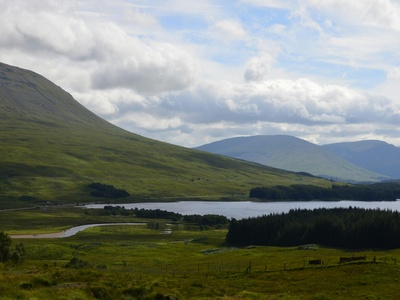
Harris Gaelic
Harris Gaelic is closely related to Lewis forms but has its own phonetic and lexical traits. It reflects island life and maintains many traditional expressions and storytelling practices.

North Uist Gaelic
North Uist Gaelic retains conservative phonology and unique island vocabulary. It’s part of the Hebridean Gaelic cluster with community usage and cultural continuity, despite population pressures.
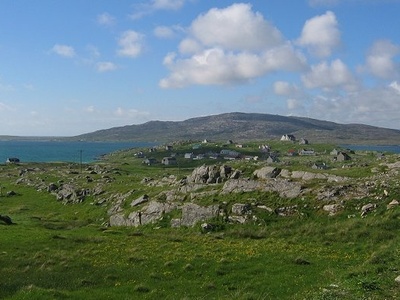
South Uist Gaelic
South Uist Gaelic is noted for its own sound patterns and rich local folklore. It’s a central part of the island’s identity and community life, with strong intergenerational transmission in many areas.

Benbecula Gaelic
Benbecula Gaelic sits between North and South Uist varieties, combining features from both. The dialect reflects local history and maritime culture while contributing to the Hebridean Gaelic mosaic.
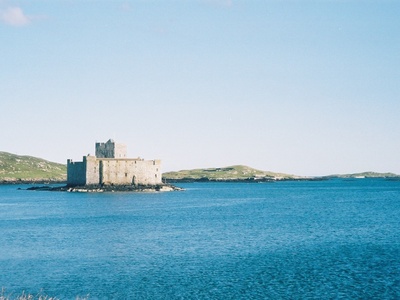
Barra Gaelic
Barra Gaelic has distinguishing consonant and vowel features and a rich maritime lexicon. As a southern Outer Hebridean variety, it carries strong local identity and oral traditions.
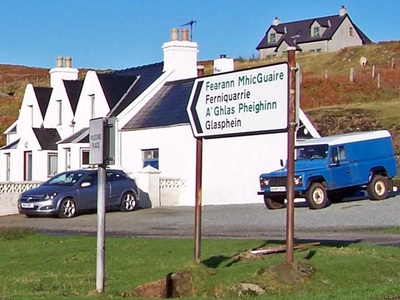
Skye Gaelic
Skye Gaelic retains distinct prosody and local lexical items, shaped by island life and historical Norse contact. It’s an influential Highland dialect with strong cultural presence.
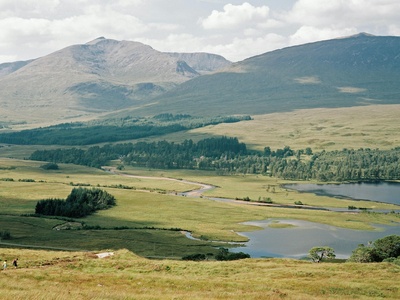
Ross Gaelic
Ross Gaelic represents mainland Highland Gaelic with linguistic traits distinct from island forms. It has preserved many Gaelic structures amid regional variation and historical language contact.
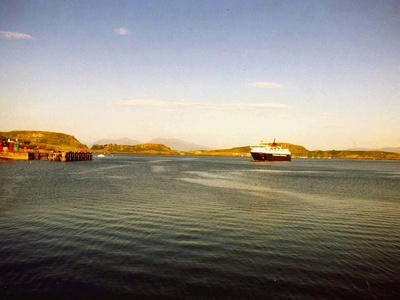
Mull Gaelic
Mull Gaelic reflects the Inner Hebrides’ Gaelic pattern, showing local phonetic features and vocabulary tied to fishing and crofting life, with historic ties to Argyll dialects.
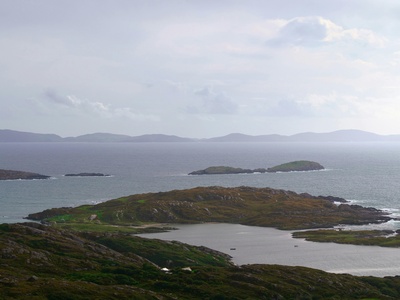
Islay Gaelic
Islay Gaelic carries island speech traits and a vocabulary rich in seafaring and peatland terms. It connects to regional Gaelic networks and local cultural practices.
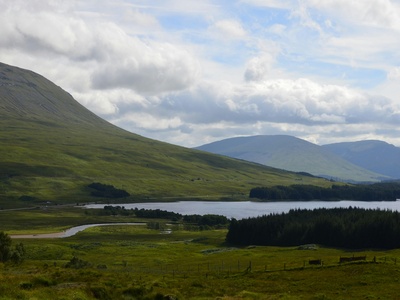
Argyll Gaelic
Argyll Gaelic covers a varied mainland and island area with mixed features. It preserves many traditional structures and retains localized pronunciation and lexical items tied to geography.
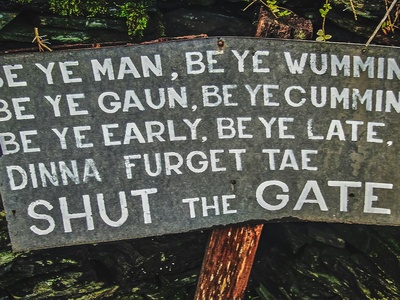
Kintyre Gaelic
Kintyre Gaelic historically linked to Argyll varieties, with coastal vocabulary and distinct prosodic traits. The dialect has experienced decline but remains documented in local speech records.
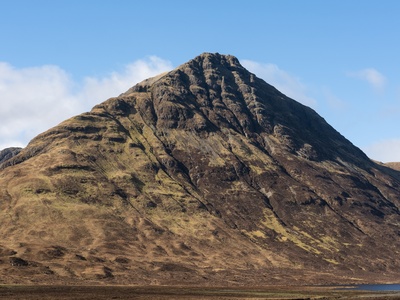
Skye English (local English)
Skye English arises where English replaced Gaelic but carries Gaelic‑influenced intonation and island vocabulary. It is typical of bilingual shift zones with pronounced regional flavor.
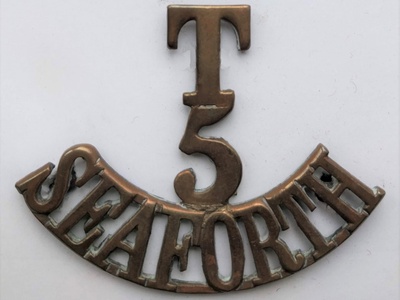
Sutherland/Caithness English
English varieties in Sutherland and Caithness show interplay between Scots, Norn remnants and mainland English, reflecting the region’s layered linguistic heritage and relative isolation.

